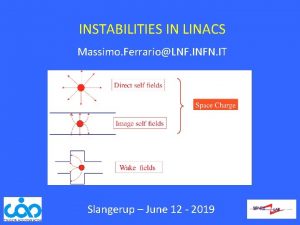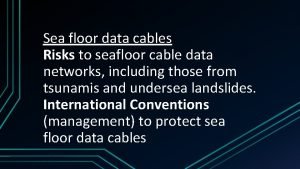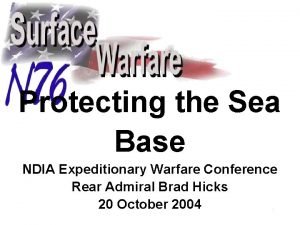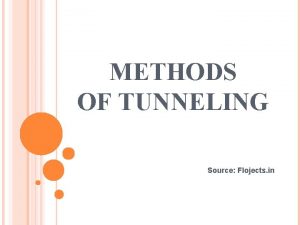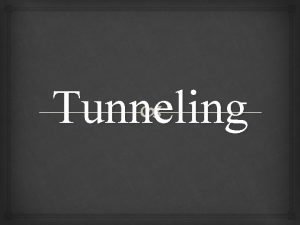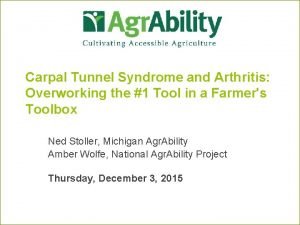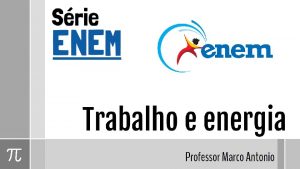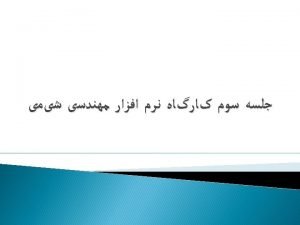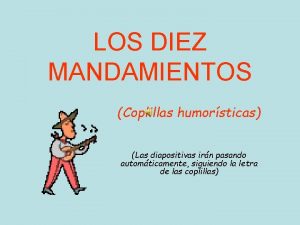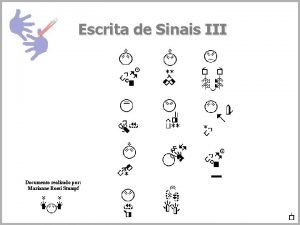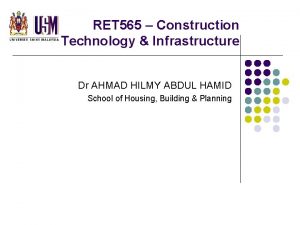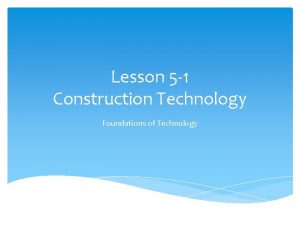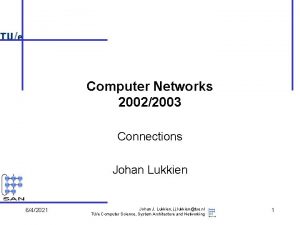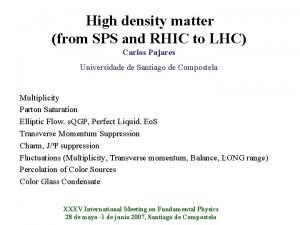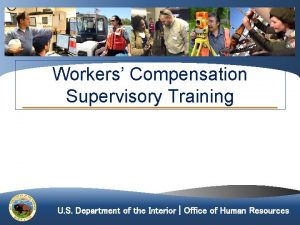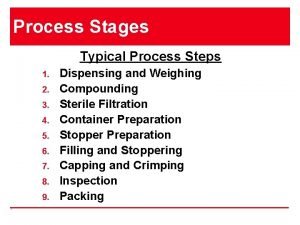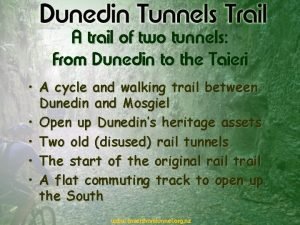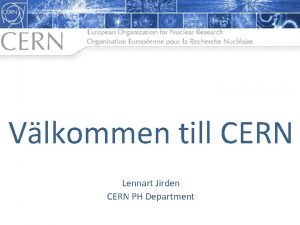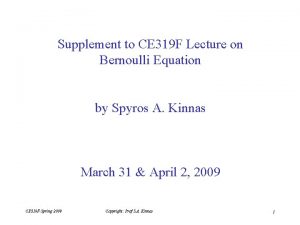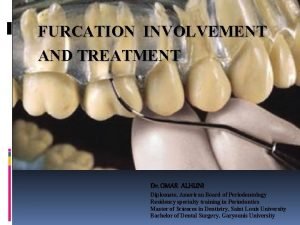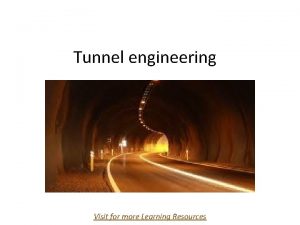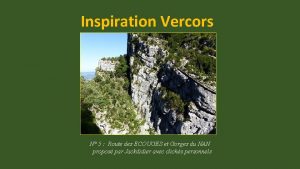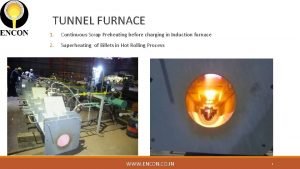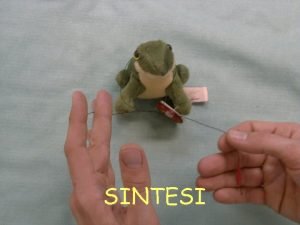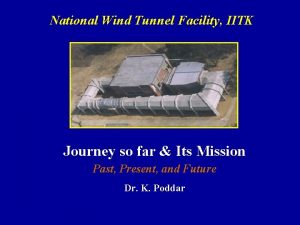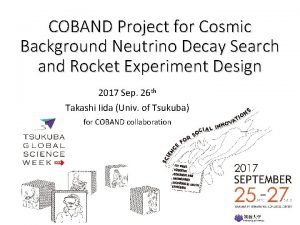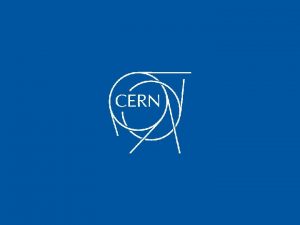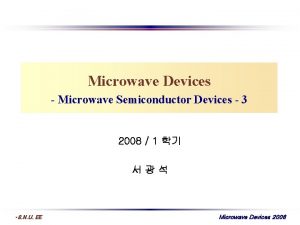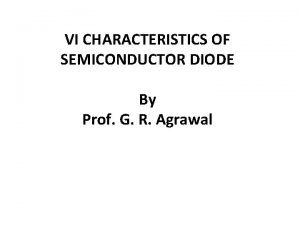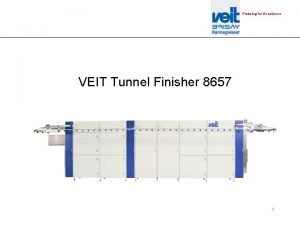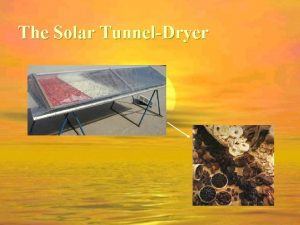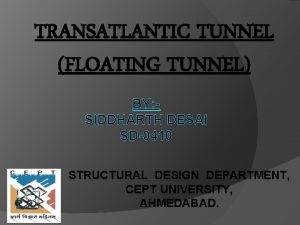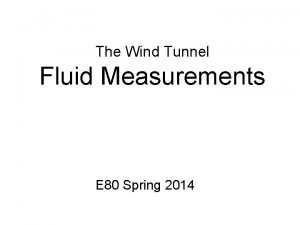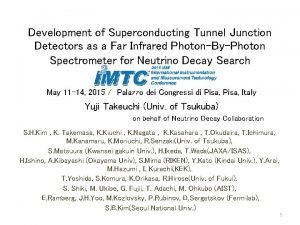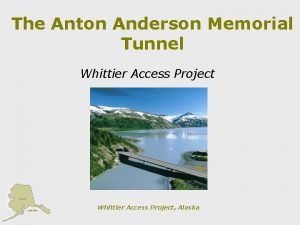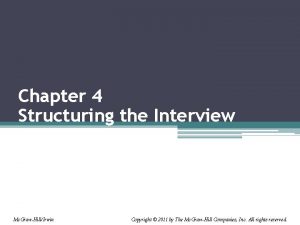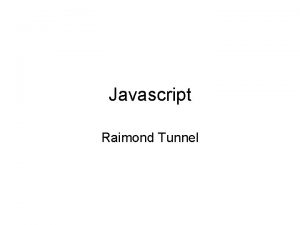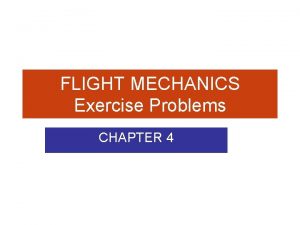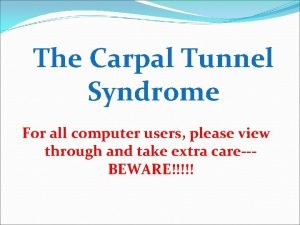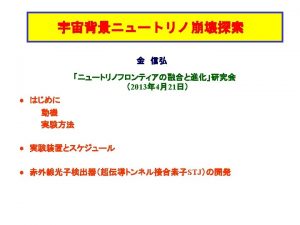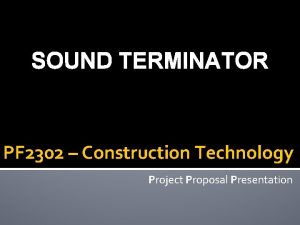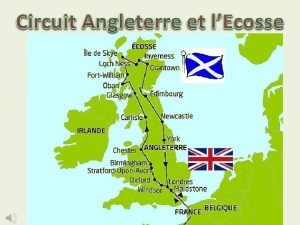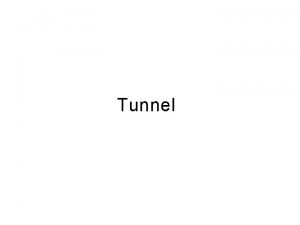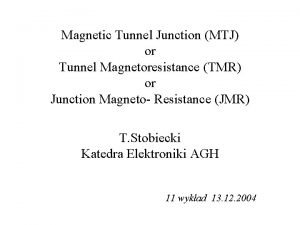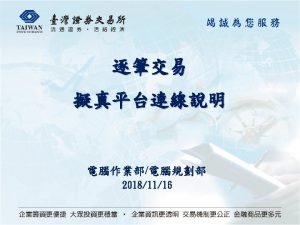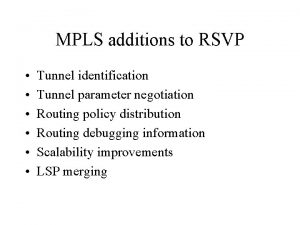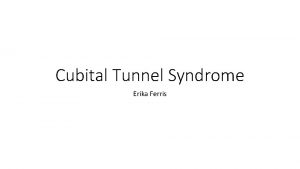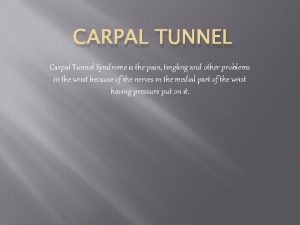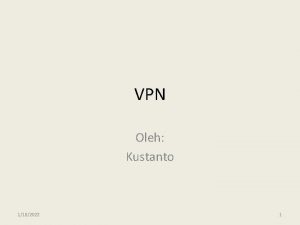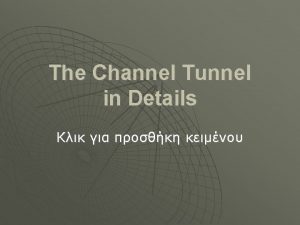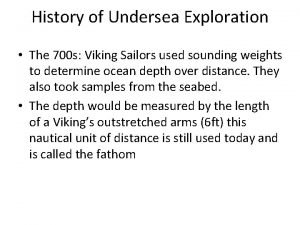PF 2302 Construction Technology Undersea Tunnel Construction Chao






























































- Slides: 62

PF 2302 Construction Technology Undersea Tunnel Construction Chao Chia Ling Chen Chia Wei @ Nay Zar Aung Chia Kim Hong Chu Phuong Linh Jacqueline Huan Chie Sze Le Thuy Linh U 086741 H U 097945 R U 097944 E U 097921 A U 086743 E U 097917 B

Scenario of Presentation: • Tendering for the TBM construction of undersea tunnel of the third link between Singapore and Johore • We are contractor of Tunnel Boring Machine (TBM) company – Past experience in Channel Tunnel construction • Professor Chew is LTA – Who offers the contract of completion and construction of undersea tunnel

CONTENTS • • Introduction of Tunnel Boring Machine (TBM) Past Experience in Tunnelling - Channel Tunnel Punggol – Pasir Gudang Tunnel Competitive points in winning the tender – Improvements on TBM – Improvements in tunnel stability • Conclusion

Introduction of TBM

What is Tunnel Boring Machine? • Tunnel boring machines (TBM) are used as an alternative to drilling and blasting (D&B) methods in rock and conventional 'hand mining' in soil • A machine used to excavate tunnels with a circular cross section (different diameters ranging from 1 m to 19 m) • Able to drill horizontally through many different geological and ground conditions (variety of soil and rock strata)

Types of Tunnel Boring Machine • Tunnel Boring Machine in hard rocks – Gripper TBM, Shield TBM • Tunnel Boring Machine in soft ground – Slurry Tunnelling Machines, Earth Pressure Balance Machines (EPBM)

Construction sequences of Tunnel Boring Machine 1. Excavation or construction of launching shaft (Cut-and-cover method, top-down method, diaphragm wall method) 2. Assembly of TBM 3. Support of undercut and tail tunnel 4. Excavation of tunnel itself 5. Disposal of soil from tunnel face 6. Hoisting the soil to ground level

Construction sequences of TBM 7. Lining the tunnel 8. Installation of rail track, ventilation, electrical and other cables 9. Excavation or construction of receiving shaft 10. Disassemble TBM 11. Close of launching and receiving shaft upon completion

Construction sequences of TBM • Details process (Excavation, Support, Reinforcement, Concreting and Lining of Tunnelling) – : http: //www. youtube. com/watch? v=n 0 BCT 4 l. Js. X 0


Advantages of TBM • Minimal ground disturbances • Minimal support requirements • Continuous mining, non-cyclical progress • No explosives, reduce changes of rock fallings • Improved workplace safety • Producing a smooth tunnel wall • Reduces the cost of lining the tunnel

Disadvantages of TBM • Cost – Expensive to construct • Problems for cutter heads – Difficulties in hard, abrasive, weathered, sheared, highly jointed rocks • Limitation for changing rock conditions - Unable to change cutter during construction stage • Limitation in the modification of the machine • Circular profile results in over-excavation • Insufficient waterproofing for conventional segmental lining joints – Water Seepage

Channel Tunnel

Background • Pass below the English Channel and connects England France • Total length: 50 km • Average of 40 m under seabed • One of the longest tunnels in the world

Background • Construction began in 1984 and completed in 1993. Opened in 1994 • The tunnel is for use of train

Construction details • Three tunnels involved • Two tunnels for trains • The middle one is for maintenance and emergency escape route

Construction details • Soil characteristics: majority of chalk and clay • The tunnels were bored under seabed from both ends by TBM, sloping downwards

Construction details • High density concrete sprayed to prevent sea water • Air is supplied for ventilation • A massive air filtering system to ensure no harmful fumes build up

Construction details • Five massive pumping stations located at either ends and three under the sea • Machines continued boring until close enough to use air powered drills to connect the two sides • Service tunnel then connected with main tunnels by drilling and blasting

Punggol – Pasir Gudang Tunnel

Overview Punggol – Pasir Gudang Length: 3. 8 km Lowest depth: 61 m under sea level Method: Tunnel Boring Machine of 7 m diameter (TBM) • Gradient ratio 1. 2% • Completion time: 3 years • •

Overview Not to scale

Problems encountered • Soil characteristics • Significant seepage gradient and permeability of soil • Inaccuracy of underwater geological investigation • Seismic factors • High water pressure over long term • Environmental issues • Ventilation and lighting

Soil characteristics • In Singapore: Punggol – Undeveloped landscape not disturbed by housings and construction wastes – Sahajat formation: quartzite, quart sandstone and argillite – Old Alluvium: gravel, sand, silt and clay • Both soft and hard soil conditions

Soil characteristics • In Malaysia: Pasir Gudang – Industrial zone high density of plants and factories and transportation – Not many high rise building not affected by deep foundations – Unconsolidated deposits: clay, silt, sand gravel soft soil condition • Soft soil conditions

Soil characteristics • Offshore (Under seabed soil) – Lack of information – Site investigation under the seabed is costly and inaccurate – Expected to be similar to soil condition onshore Upon approval More detailed investigations will be done Use of probing during construction

Significant seepage gradient and permeability of soil • Punggol near two estuaries High seepage gradient level • High permeability soil characteristics Need more considerations in grouting and soil improvement • Significant water content & water leakage Need waterproofing precautions

Inaccuracy of geological investigation • Less accuracy of underwater geological investigation – Due to depth of the seabed – Current technology cannot adequately support underwater geological information that required for construction – Unexpected geological features, such as faults or disturbed zones Use of probing as the tunnel goes

Seismic Factor • Singapore - Malaysia seismic profile: – Not located in Earthquake zones – Near Earthquake zone (eg. Indonesia) – Experience light tremors • Soil condition: Generally soft – Allow unexpected movements for the tunnel – Shear force induced during occurrence tremors Apply grouting along the tunnel, especially at critical zone

High water pressure over long term • Pore water pressure – The groundwater creates the pore water pressure. – Soil characteristics lead to high pore water pressure and water leakage ÞReduce the stability of soil ÞArch the tunnel Solutions: grouting and cement spraying

High water pressure over long term • Hydrostatic pressure – Overburden above the tunnel – The pressure exerted affects the loading on the liners ÞBreak of concrete lining ÞSoil collapse Solution: Cement spraying, drainage and waterproofing

Environmental issues • More eco-friendly than a cofferdam causeway • Needs: – Not affect the sediments of Quaternary age – Vibration during construction=> required depth of 30 m – No change in the surrounding groundwater levels and water chemistry – Not affect the undersea ecology

Improved TBM

Competitive Points in Winning the Tender • Improvements on Tunnel Boring Machine 1. Soil Characteristics Detection - Probe Drilling 2. Flexible and adjustable disc cutters 3. Spray cement pneumatic hoses • Improvements in Tunnel Stability 4. Concrete lining with ground anchors and grouting 5. Waterproof concrete lining joints


1. Probe Drilling • Reason for use of probing: lack of geological information offshore • Two types of probing are used: – Advanced probing ahead of the tunnel – Radial probing vertically from the tunnel surface

Probe Drilling • Advanced probing: – – Dual probes 150 m long Inclination 2° - 4° Diameter 35 mm • Radial probing – – One vertically upwards One vertically downwards 200 m long Diameter 35 mm

Probe Drilling • Earlier soil detection • Small diameter probing - reduce tendency of soil and water seepage • Reduce probability of disc cutter damages


2. Flexible and adjustable disc cutters Cutter head with alternatively protruded soft and hard ground disc cutters

Bucket Wheel Conveyor Belt Distribution of Disc Cutters

Adjustable Disc Cutters Sealed disc cutter Protruded disc cutter Hydraulic Jacks Movable hydraulic jack Fixed end

Adjustable Disc Cutters • Able to cater different types of soil Cutter head with protruded hard ground disc cutters • Less disc cutter wear, prevent early breakage of disc cutters and expand the disc cutters life duration • Reduce maintenance and inspection frequency on disc cutters • Reduce time in obtaining comprehensive site investigation Cutter head with protruded soft ground disc cutters • Reduce additional cost arising from modification of machine


3. Spray cement pneumatic hoses Original TBM with extra chamber/space in the shield Improved TBM with spray cement jacking pipe installation in the extra chamber/space

3. Spray cement pneumatic hoses • A layer of water-proofing protection to TBM shield • Prevent soil collapse from high water content and push-in pressures • Enhance the ability of undertaking overburden loads


4. Concrete lining with ground anchors and grouting Ground Anchors-Corrugated UPVC Ducts with Tendons Grouting-Expansion Bulb

4. Concrete lining with ground anchors and grouting • Control surrounding ground movement • Prevent concrete lining deformation • Increase load resistance • Densification the surrounding soils and reduce the permeability of the ground • Enhance bond strength between segmental concrete lining and surrounding soil



Water Stop Lapping Joints & Tongue and Groove Joints Plan View

Details of Waterproof Segmental Lining Joints

5. Waterproof concrete lining joints • Special designed joints between each concrete segment – lapping joints vs. tongue and groove joints • Reduce the need of grout in conventional concrete lining • Rubber water-stop encased and inserted between each concrete segment - enhance water tightness • Eliminate potential water seepage from high water-content soils

Improved TBM Improvements Probing Reasons Difficulties in conducting soil investigation Strengths • Earlier soil detection • Small diameter probing -reduce tendency of soil and water seepage Limitations Water seepage through probing holes • Reduce probability of disc cutter damages Adjustable Disc Cutters Homogeneous soil characteristics are preferred in conventional TBM • Able to cater different types of soil • Less disc cutter wear, expand the disc cutters life duration • Reduce the tendency of regular maintenance and inspection on disc cutters • Reduce time in obtaining comprehensive site investigation • Reduce additional cost arising from modification of machine High cost in programming and maintenance

Improved TBM Improvements Spray Cement Pneumatic Hoses Reasons • High Water Pressure • Permeable Soils • Push-in Pressure Strengths • A layer of water-proofing protection to TBM shield • Prevent soil collapse from high water content and push-in pressures Limitations • Seawater effect • Cost for materials • Increase stiffness and strength of surrounding soil Ground Anchors • High water content & Grouting • Soil Movement • Seismic & Tremor • Control surrounding ground movement • Reduce the permeability of the ground • Prevent concrete lining deformation • Increase load resistance • Enhance bond strength between segmental concrete lining and surrounding soil Expensive construction cost

Improved TBM Improvements Waterproof Concrete Lining Joints Reasons Strengths • High water seepage • Enhance water tightness between concrete lining • Prevent Water Seepage joints – Insufficient conventional butt joint • Reduce the need of grouting on concrete lining • Hydrostatic Pressure Limitations NA

Conclusion

Conclusion • Reasons of choosing us: – Past experiences in Channel Tunnel, an under seabed tunnel construction – 5 proposed improvements of the existing TBM method in this project

Conclusion • Suggestion of enhancing the performance of improved TBM: – Providing detailed geotechnical data of the project by LTA and Malaysia government – Working with detailed site investigation team

References: • http: //science. howstuffworks. com/engineering/structural/tunnel 4. htm • Channel Tunnel TBM Back-up System http: //www. bennettmg. co. uk/Project_MH_Channel_Tunnel_1. aspx • http: //videos. howstuffworks. com/discovery/27949 -really-bigthings-tunnel-boring-machine-video. htm • Mega Engineering: Tunnel Under the Sea http: //videos. howstuffworks. com/discovery/36685 -megaengineering-tunnel-under-the-sea-video. htm • Case study – Channel tunnel Rail link http: //www. wirth-erkelenz. de/index. php? id=135&L=0 • http: //www. robbinstbm. com/case-study/the-channel-tunnel/

Thank You
 Massimo ferrario infn
Massimo ferrario infn Nato undersea research centre
Nato undersea research centre Submarine cable damage
Submarine cable damage Undersea warfare conference
Undersea warfare conference Cut and cover method
Cut and cover method Protective passageway tunnel
Protective passageway tunnel Assistive devices for carpal tunnel syndrome
Assistive devices for carpal tunnel syndrome Quy trình sản xuất chao
Quy trình sản xuất chao Uma analise criteriosa do desempenho de usain bolt
Uma analise criteriosa do desempenho de usain bolt Jackson chao
Jackson chao Chao seader method
Chao seader method Ditos populares que falamos errado
Ditos populares que falamos errado Zoë chao sex
Zoë chao sex Que es codiciar los bienes ajenos
Que es codiciar los bienes ajenos Chao-hsien chu
Chao-hsien chu Paralelos chão
Paralelos chão Shih chao-hwei
Shih chao-hwei Construction communication technology
Construction communication technology Social construction of technology
Social construction of technology European construction technology platform
European construction technology platform Green road construction technology
Green road construction technology Foundation in construction technology
Foundation in construction technology Scot social construction of technology
Scot social construction of technology Johan lukkien
Johan lukkien Pajares base tunnel
Pajares base tunnel Zebedee tunnel
Zebedee tunnel Owcp schedule award carpal tunnel
Owcp schedule award carpal tunnel Depyrogenation tunnel zones
Depyrogenation tunnel zones Iodine dns tunnel tutorial
Iodine dns tunnel tutorial Caversham tunnel
Caversham tunnel Parotid tail
Parotid tail Atom tunnel switzerland
Atom tunnel switzerland Tunnel du rove
Tunnel du rove Tunnel boring machine
Tunnel boring machine Cavitation tunnel
Cavitation tunnel Odontoplasty in furcation
Odontoplasty in furcation Egg shape tunnel
Egg shape tunnel Route des ecouges
Route des ecouges Induction preheating furnace
Induction preheating furnace Parker kerr sutura
Parker kerr sutura Nwtf iitk
Nwtf iitk Superconducting tunnel junction
Superconducting tunnel junction Spilling bars tunnel
Spilling bars tunnel Superconducting tunnel junction
Superconducting tunnel junction How is zener diode different from pn junction diode
How is zener diode different from pn junction diode Tunnel
Tunnel Solar tunnel dryer for drying coconuts
Solar tunnel dryer for drying coconuts Tunnel de cu chi
Tunnel de cu chi Transatlantic tunnel project
Transatlantic tunnel project Tunnel surgelazione carne
Tunnel surgelazione carne Carpal tunnel differential diagnosis
Carpal tunnel differential diagnosis Wind tunnel
Wind tunnel Segno di wartenberg
Segno di wartenberg Stj
Stj Iodine dns
Iodine dns Anton anderson memorial tunnel
Anton anderson memorial tunnel Tunnel sequence interview
Tunnel sequence interview Raimond tunnel
Raimond tunnel Consider a mach 4 airflow at a pressure of 1 atm. we wish
Consider a mach 4 airflow at a pressure of 1 atm. we wish Carpal tunnel release scar
Carpal tunnel release scar Superconducting tunnel junction
Superconducting tunnel junction Mole tunnel stoichiometry answers
Mole tunnel stoichiometry answers Tunnel de contrebande strasbourg
Tunnel de contrebande strasbourg
